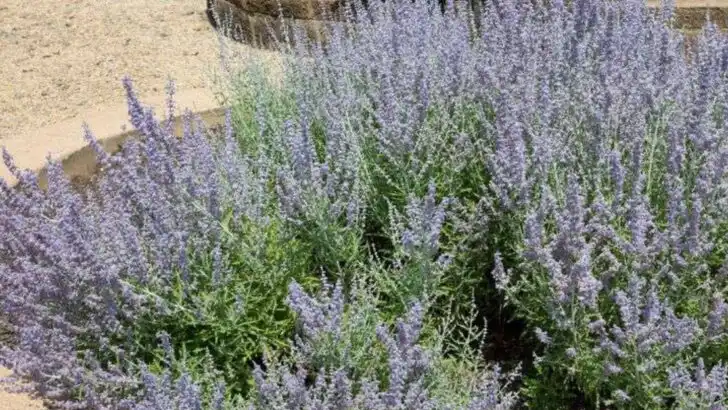Think you need perfect soil to grow happy plants? Think again. Some of the most resilient (and surprisingly beautiful) plants out there don’t need rich earth, deep roots, or constant care. In fact, many of them actually prefer rocky cracks, forgotten containers, or plain old water to the traditional garden bed.
These aren’t just survivalists—they’re stars in their own right. From wall-climbing herbs to houseplants that thrive in nothing but pebbles and light, these green wonders prove that when it comes to gardening, rules are made to be broken. They grow where others struggle—and often become the most talked-about plants in any space.
If you’re low on garden space, battling poor soil, or just curious what else you can grow where “nothing should,” this list is for you. These 18 plants are here to show you that the weirdest spots can sometimes grow the most impressive greenery.
Aloe Vera
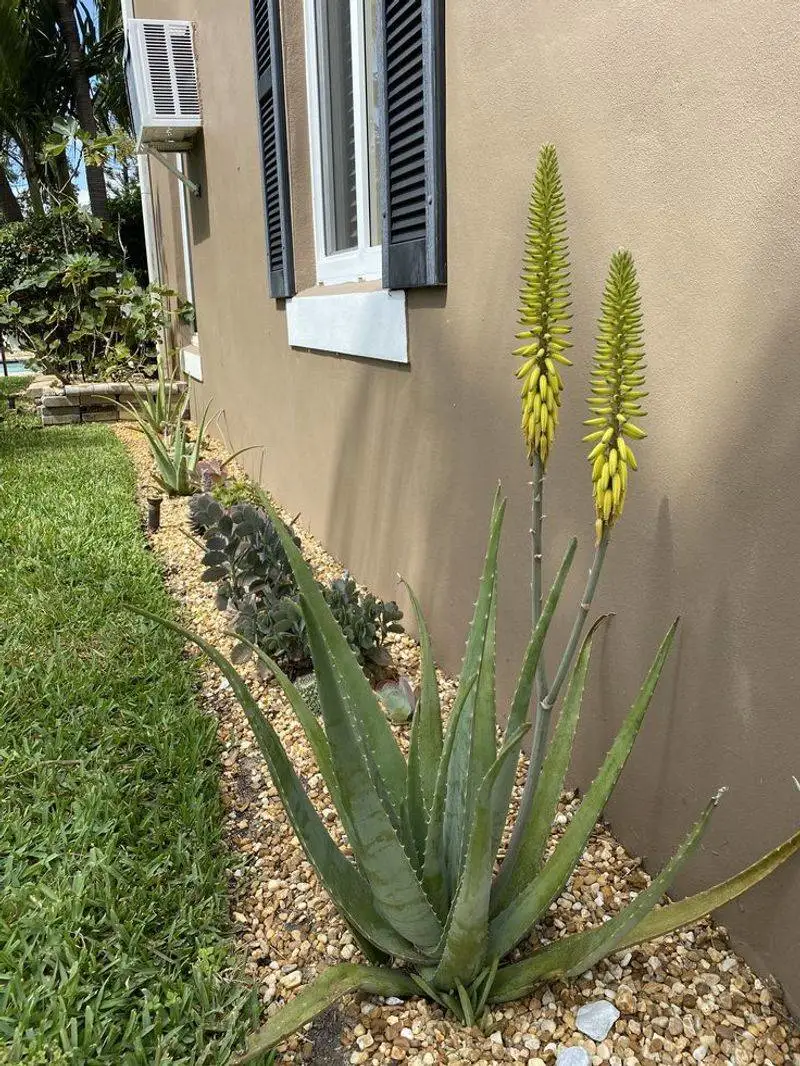
Known for its medicinal properties, Aloe Vera is a succulent that doesn’t shy away from dry, rocky environments. It’s a plant that loves neglect, requiring minimal water and maintenance. The thick, fleshy leaves store water, making it a perfect candidate for xeriscaping. Its resilience is a testament to its ability to thrive where other plants might wither. You’ll often find Aloe Vera in container gardens, where its sculptural leaves can be showcased. A bonus? It’s a handy plant to have around for burns and scrapes.
Sedum
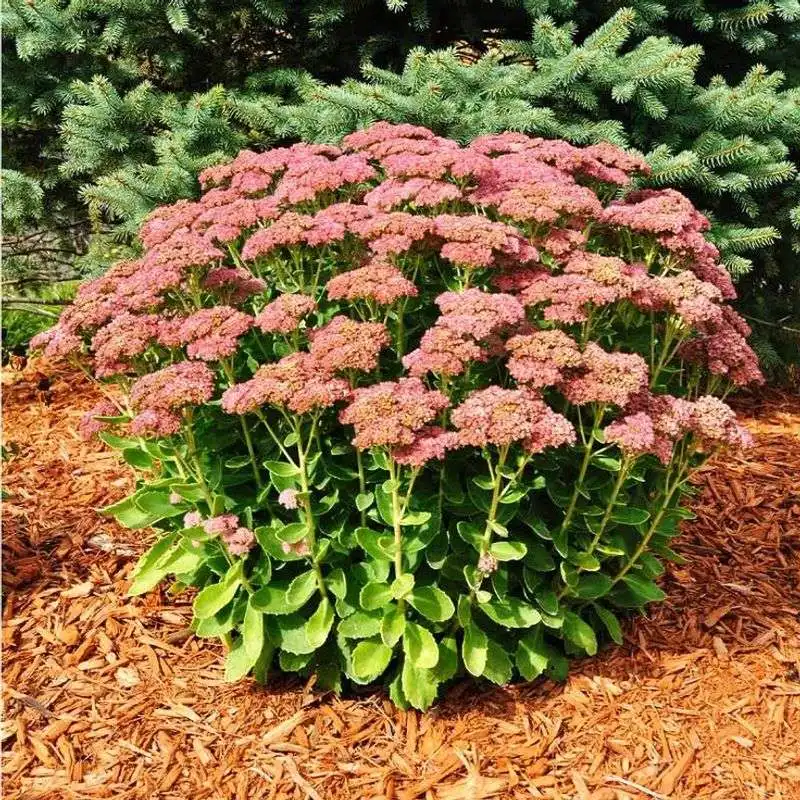
Sedum, often called stonecrop, is a hardy succulent that thrives in poor, gritty soil. Its vibrant foliage and star-shaped flowers bring life to rock gardens and dry stone walls. With varieties that range from low-growing mats to tall, upright stems, Sedum adds texture and color. During drought, it conserves water, making it an excellent choice for xeriscaping. A landscape favorite, Sedum can transform barren areas into vibrant displays. It’s also a bee magnet, providing late-season nectar when other blooms have faded.
Lavender
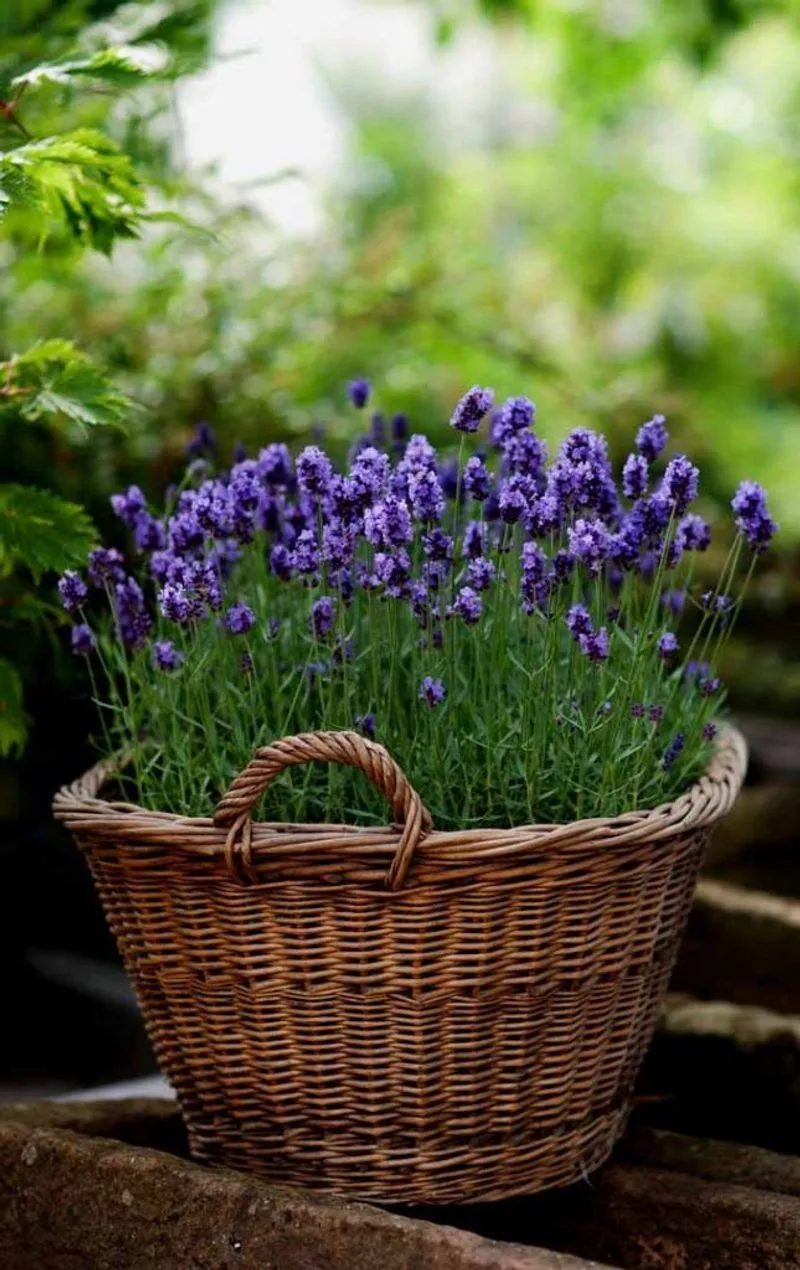
Lavender’s aromatic blooms are not just a feast for the senses; they thrive on neglect and poor soil. Originating from the Mediterranean, this herb is accustomed to sandy, well-draining conditions. A sun lover, lavender can transform the driest garden into a fragrant haven. Its silvery foliage and purple flowers attract pollinators, adding ecological value. Lavender isn’t just beautiful—it’s practical, too. Use it in culinary dishes or create soothing sachets for your home. Its versatility and resilience are unmatched.
Yucca
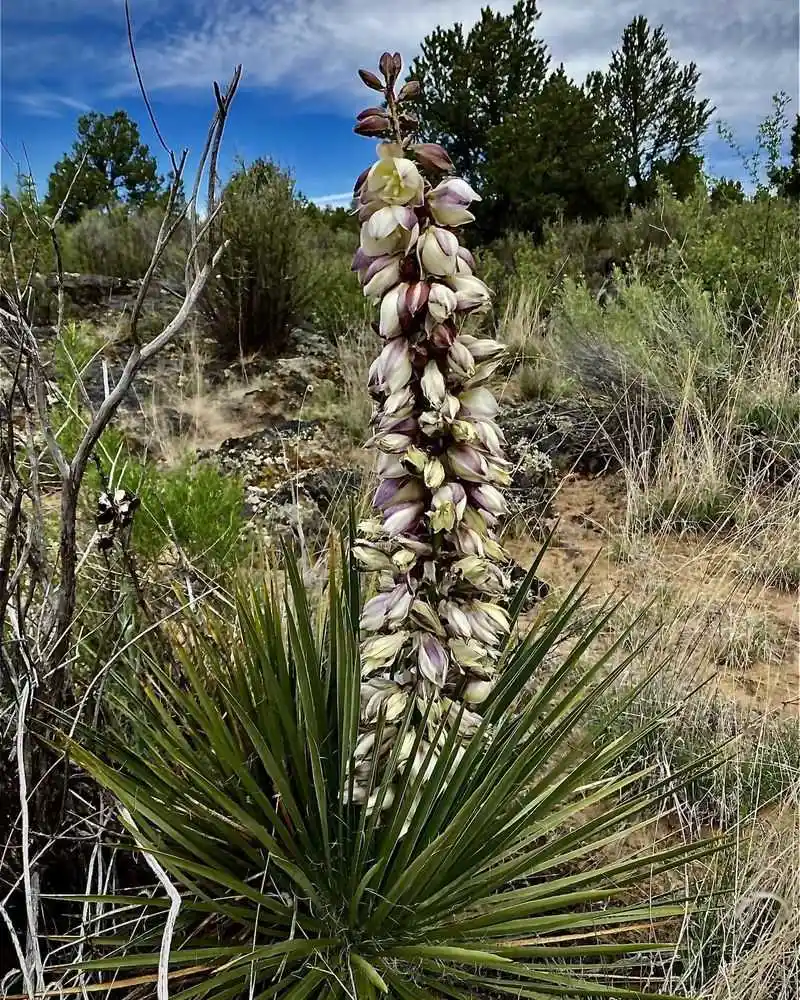
Stately and architectural, the Yucca is a plant that commands attention. Its sword-like leaves and towering flower spikes are a common sight in arid landscapes. Yucca thrives in poor, sandy soil and needs little water to flourish. This drought-tolerant plant is a beacon of resilience, often found in xeriscaped gardens. With its ability to withstand harsh conditions, Yucca is a symbol of endurance. It’s not just about survival; it’s about thriving where others cannot. The Yucca’s dramatic silhouette adds a touch of desert elegance.
Prickly Pear Cactus

Prickly Pear Cactus, with its paddle-shaped pads and vibrant fruit, is a stunning addition to any dry garden. Originating from the Americas, it thrives in gritty, well-draining soil. This cactus is the epitome of resilience, flourishing in areas where other plants would perish. Its ability to store water and endure heat makes it a staple in desert landscapes. But it’s not just tough; it’s useful, too. The fruit and pads are edible, offering culinary potential. A plant that’s as practical as it is beautiful.
Thyme
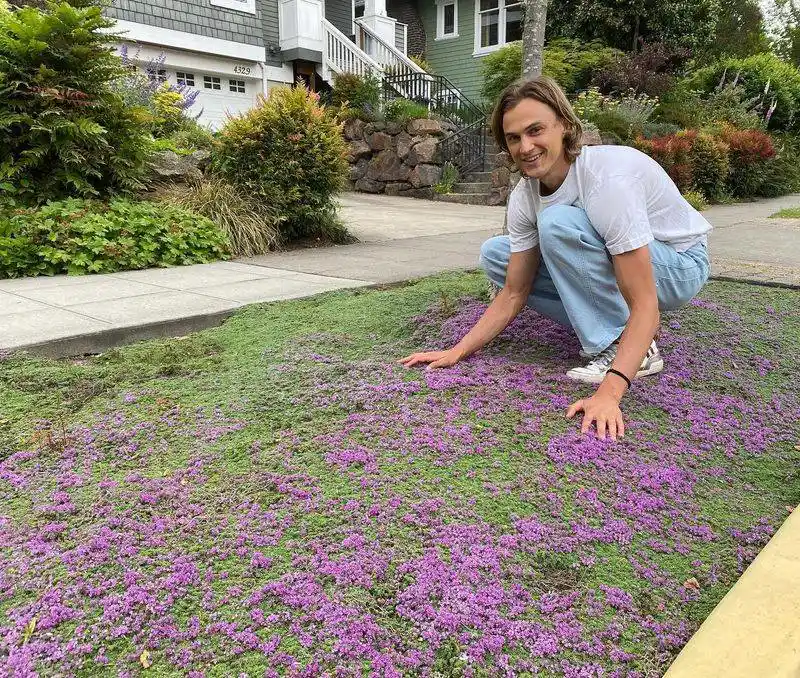
Thyme, a culinary herb with fragrant leaves, is a champion of rocky and sandy soils. It forms a dense mat of greenery, perfect for edging paths and filling gaps in rockeries. With its tiny, aromatic leaves, thyme is more than just a flavor enhancer; it’s a resilient ground cover. Thriving in full sun, it’s a magnet for pollinators, offering nectar in abundance. Its ability to withstand dry conditions makes it a favorite in herb gardens. A versatile plant that combines beauty with practicality.
Euphorbia
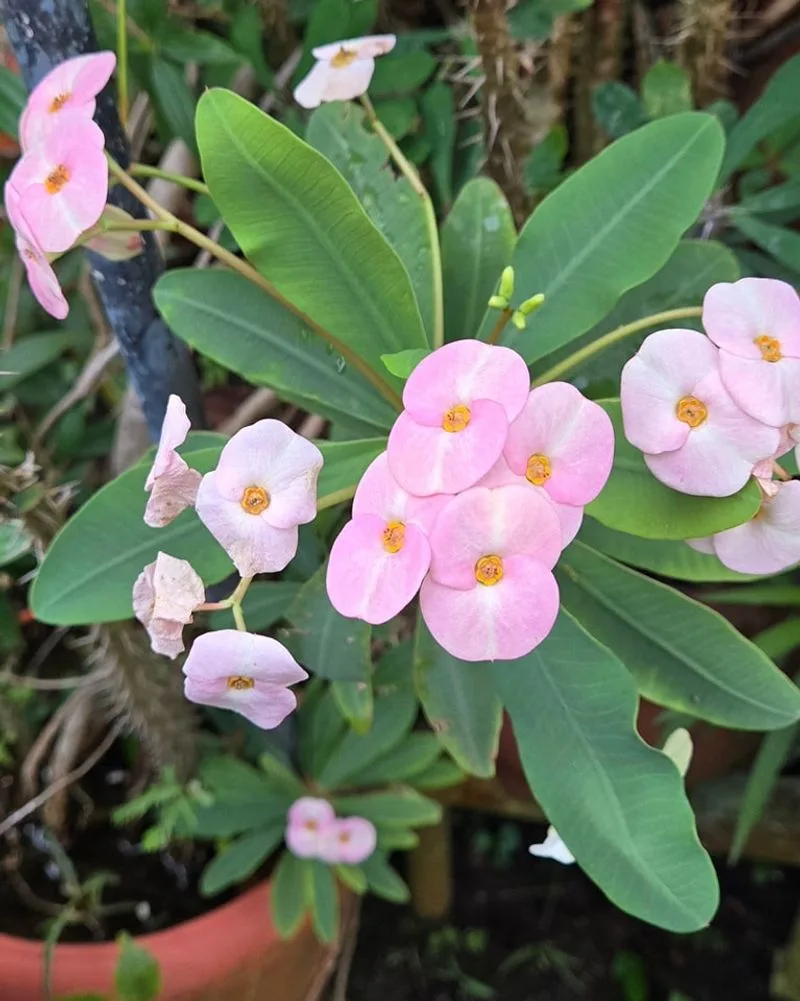
Euphorbia, a diverse genus with a variety of forms, is renowned for its resilience. These plants flourish in poor, dry soils, offering intriguing textures and shapes. Whether you choose a spiky or a more rounded variety, Euphorbia adds architectural interest to any garden. The milky sap it produces deters pests, adding an extra layer of defense. Often found in rock gardens, Euphorbia is a plant that thrives on neglect. Its drought resistance and unique appearance make it a gardener’s favorite.
Agave
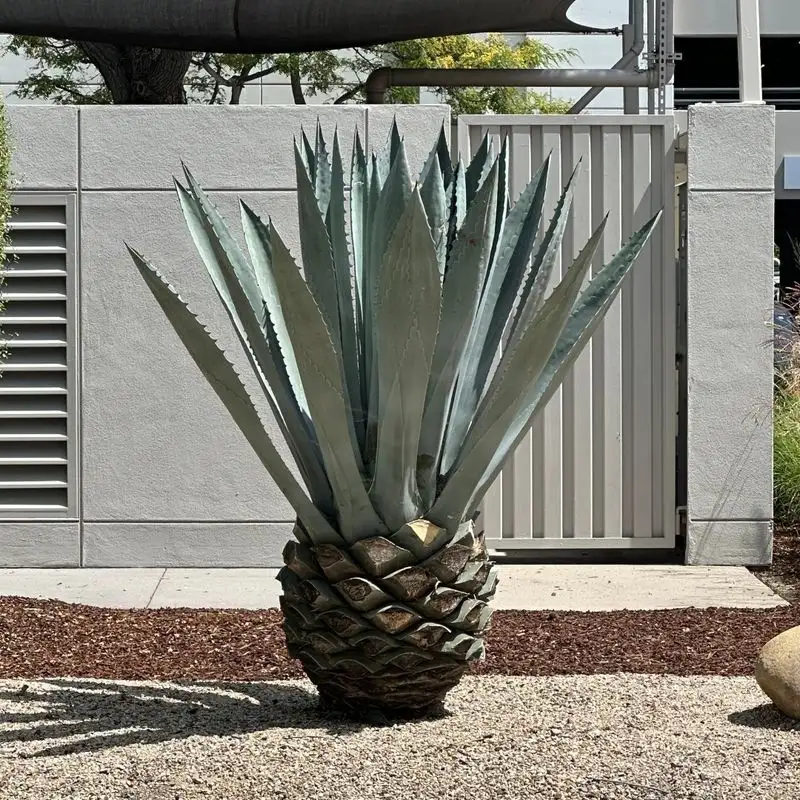
Agave, with its dramatic, spiky leaves, is a standout in xeriscaped gardens. These succulents hail from the Americas, where they thrive in sandy and rocky soils. Known for their architectural beauty, Agave plants require minimal water, making them ideal for dry climates. Their ability to store water in their thick leaves is key to their survival. Agave isn’t just eye-catching; it’s functional, used in producing tequila and sweeteners. A stunning plant that embodies both beauty and utility.
Juniper

Juniper shrubs, with their evergreen foliage, are a hardy choice for rocky landscapes. These plants thrive in poor, well-draining soils and are often used for erosion control. With varieties ranging from low-growing ground covers to tall trees, Junipers offer versatility. Their berries are not only a food source for wildlife but also a key ingredient in gin production. A plant that’s both practical and ornamental, Juniper’s resilience is unparalleled. Its adaptability makes it a staple in challenging environments.
Kalanchoe

Kalanchoe, known for its vibrant flowers and succulent leaves, thrives in rocky, well-draining soils. This plant requires minimal watering, making it perfect for those who prefer low-maintenance gardens. Its cheerful blooms add a pop of color to any dry landscape, brightening up even the most barren spots. Kalanchoe is not only beautiful but also symbolizes endurance and adaptability. A popular choice for both indoor and outdoor settings, it’s a plant that brings joy and requires little fuss.
Ice Plant
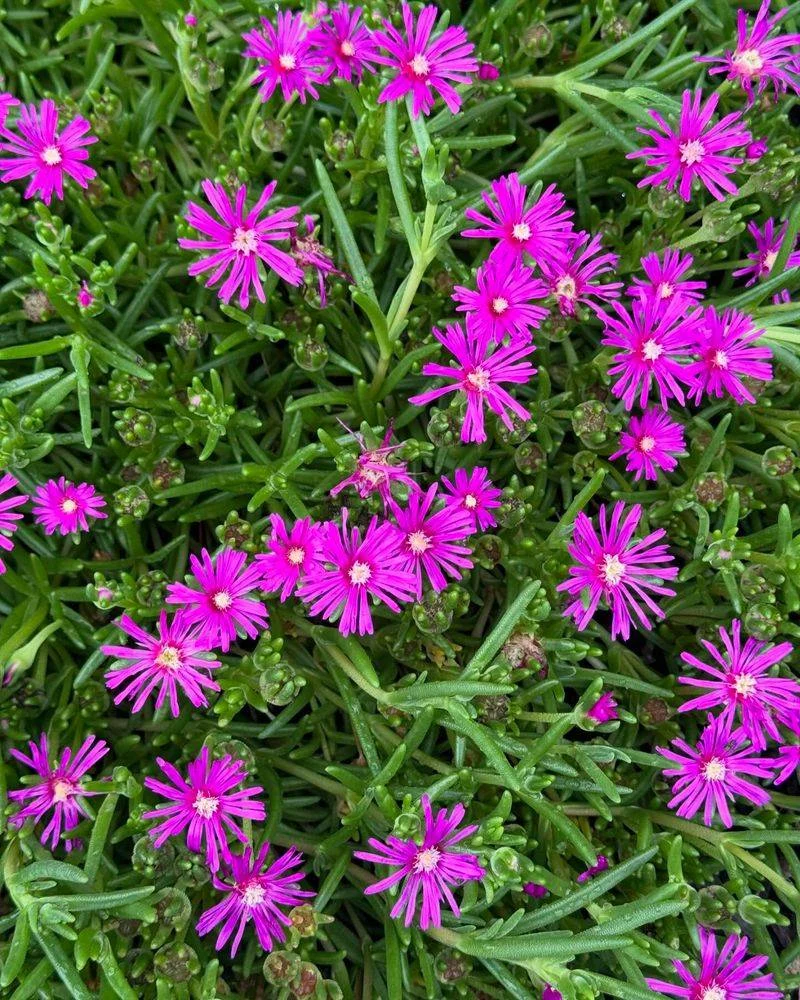
Ice Plant, with its fleshy, water-storing leaves and bright blooms, is a true survivor. Originating from South Africa, it thrives in sandy, coastal soils. Its vibrant flowers open in the sun, creating a carpet of color that can transform barren terrain. The Ice Plant’s ability to tolerate salty conditions makes it ideal for coastal gardens. Beyond its beauty, it serves as excellent ground cover, preventing soil erosion. A plant that’s as functional as it is visually striking.
Portulaca
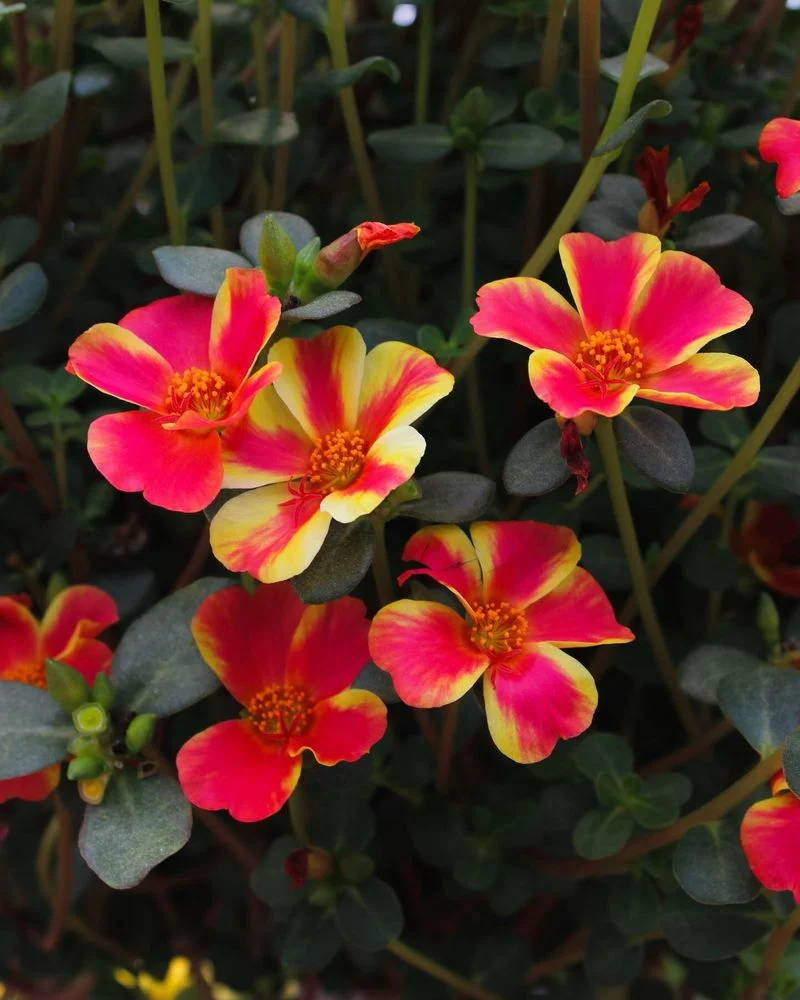
Portulaca, also known as moss rose, dazzles with its bright, cheerful flowers. It flourishes in dry, sandy soils, thriving in full sun. This low-growing succulent forms a mat of color, perfect for edging paths or filling rockeries. With its drought tolerance and vibrant blooms, Portulaca is a summer garden favorite. It opens its flowers in the morning sun, closing by afternoon, adding a dynamic element to gardens. A plant that’s not only beautiful but also resilient and easy to care for.
Creeping Jenny
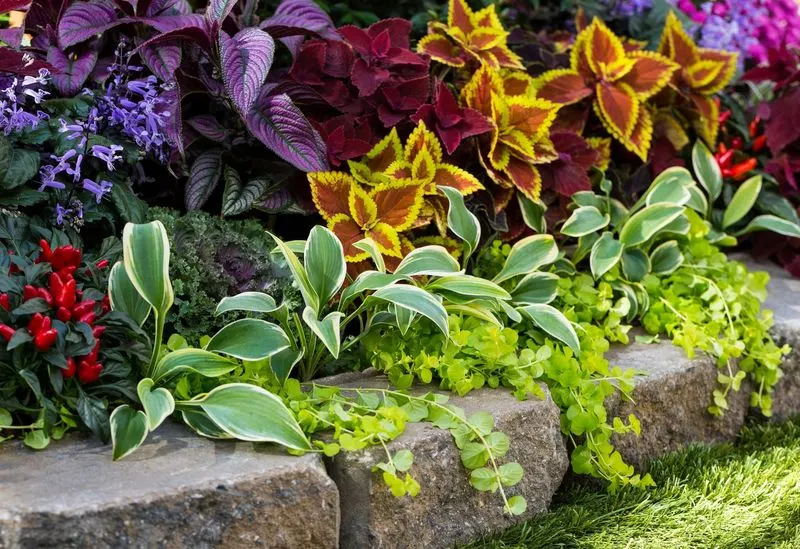
Creeping Jenny, a vigorous ground cover, is known for its bright, golden foliage. It thrives in a variety of soils, including poor, rocky ones. This plant spreads rapidly, its trailing stems creating a lush carpet over rocks and garden edges. With its vibrant colors, Creeping Jenny adds a splash of brightness and is often used to soften hard landscapes. It’s a plant that embodies adaptability and thrives where others struggle. Perfect for adding color to challenging spots while requiring minimal care.
Crown-of-Thorns

Crown-of-Thorns, a resilient succulent, is celebrated for its unique appearance. With thorny stems and vibrant flowers, it thrives in dry, sandy soils. Originating from Madagascar, it’s well adapted to harsh conditions, requiring minimal water. This plant’s thorny exterior belies its beauty, with blossoms that add color year-round. Crown-of-Thorns is a testament to nature’s ability to combine defense with beauty. Ideal for xeriscaping, it’s a plant that stands out, bringing character to any garden.
Saxifraga

Saxifraga, known for its delicate beauty, often grows in rocky, alpine environments. These plants form dense mats of foliage, punctuated by tiny, colorful blooms. Saxifraga thrives in crevices and on slopes, where other plants might fail. Its ability to withstand cold and drought makes it a favorite in alpine gardens. The charming flowers attract pollinators, adding ecological value. Saxifraga is a plant that demonstrates how resilience and beauty can coexist, thriving in some of the harshest conditions.
Russian Sage
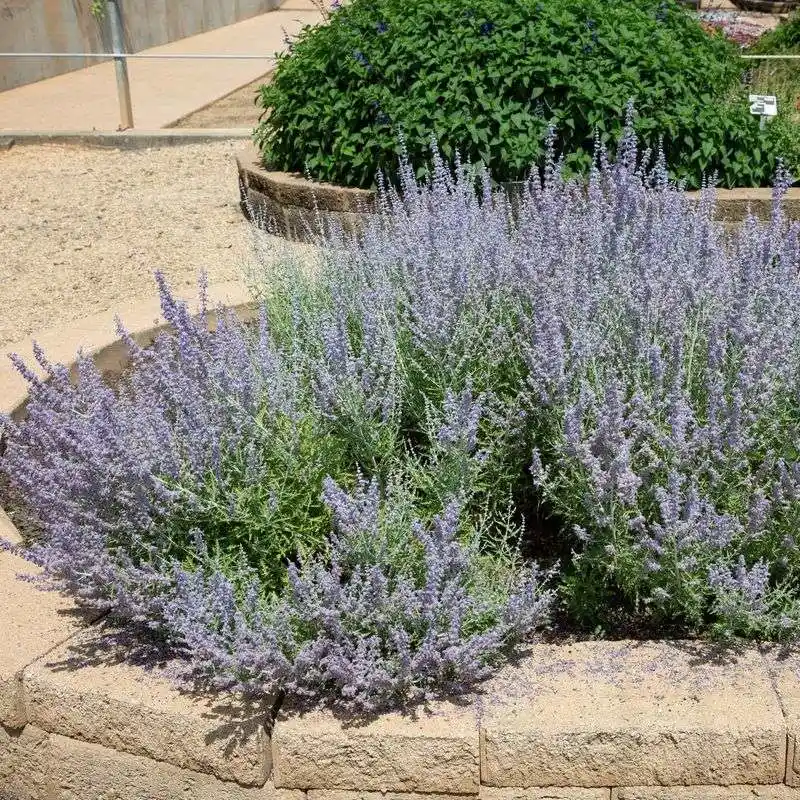
Russian Sage, with its silvery foliage and aromatic lavender blooms, is a striking addition to dry landscapes. This plant thrives in poor, rocky soils, where it adds a touch of elegance. Its tall, airy stems create a sense of movement and texture, attracting bees and butterflies. Russian Sage is a plant that embodies tenacity, flourishing where others might falter. It’s not only beautiful but also practical, requiring little water and maintenance. A favorite for xeriscaping, it’s both ornamental and resilient.
Hens and Chicks
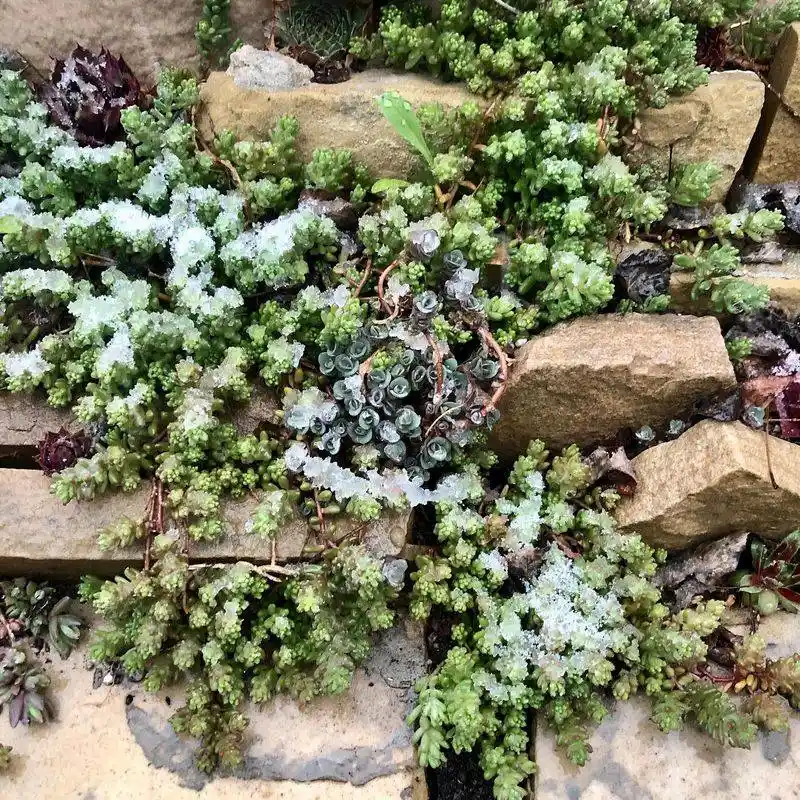
Hens and Chicks, with their rosette formations, are delightful succulents perfect for rocky gardens. These plants multiply easily, spreading to fill containers and rockeries with ease. Their ability to thrive in poor, gritty soils is legendary, making them a staple in alpine and rock gardens. They require minimal water, storing moisture in their thick leaves. Hens and Chicks are not only practical but also charming, bringing a touch of whimsy to any garden. A plant that thrives on neglect, it’s perfect for beginners.
Sea Holly
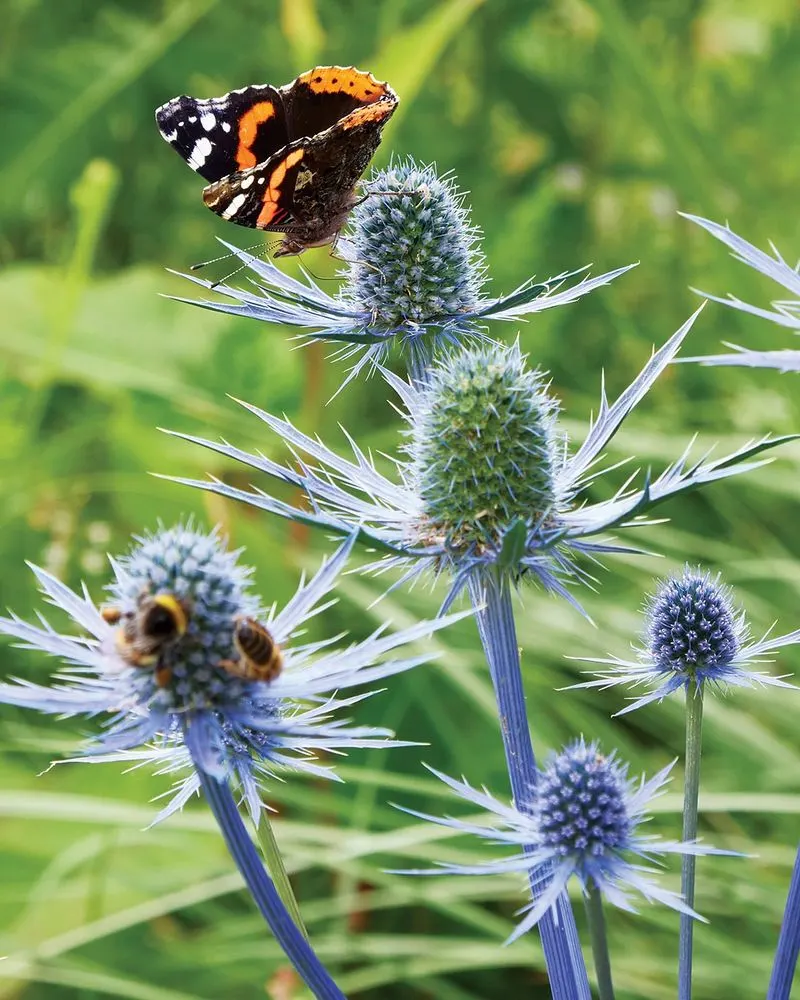
Sea Holly, with its spiky, metallic-blue flowers, is a standout in sandy soils. This plant thrives in coastal gardens, where it adds a touch of drama with its unique appearance. The architectural blooms attract pollinators and offer a striking contrast to softer plants. Sea Holly’s resilience in harsh, salty conditions makes it ideal for challenging coastal environments. Beyond its visual appeal, it’s a plant that symbolizes strength and endurance. A perfect choice for those looking to add texture and color to their garden.

